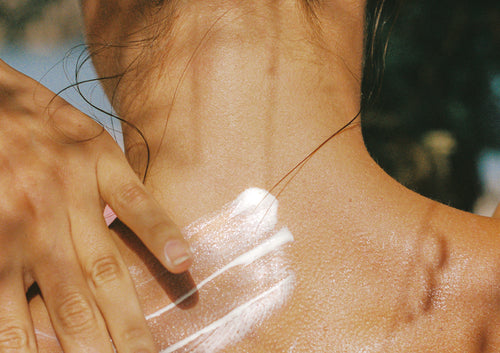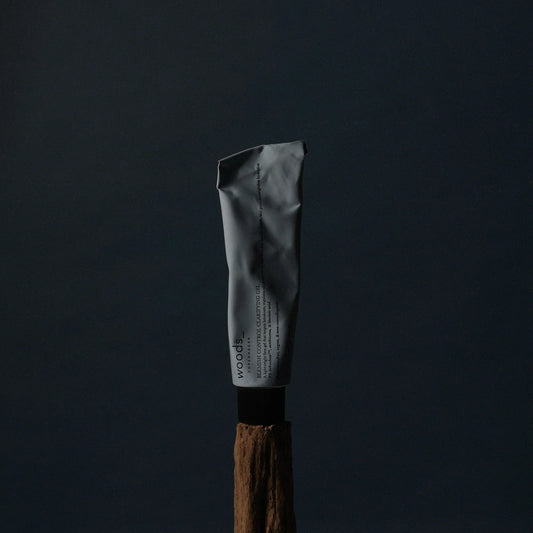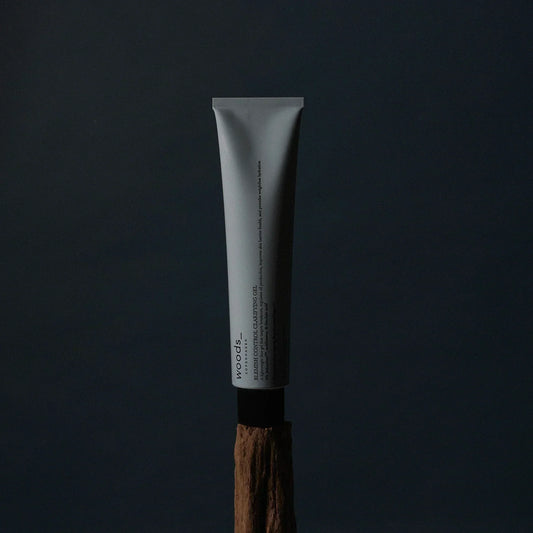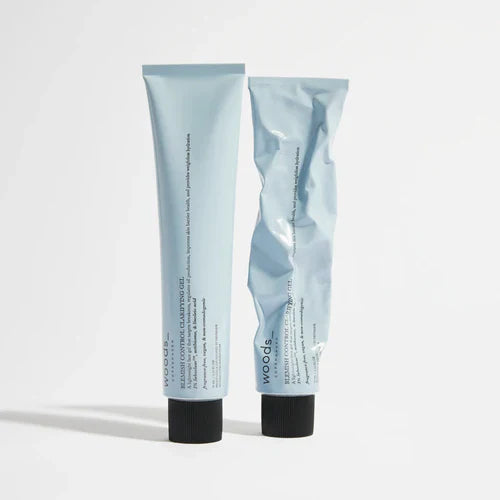
The not-so-fun consequences of fun in the sun
Most of us aspire to achieve a radiant tan when summer hits. But did you know that your skin changing color is actually your skin signaling that it’s fighting the damage that’s been done to it? We know, we were also sad when we learned this.
Sunburns, rashes, premature signs of aging, hyperpigmentations, and other skin irregularities are just some of the uncomfortable, irritating, and even painful reasons why sunscreen is a purse-essential during the hotter season. Though this should be serious enough in itself, too much sun exposure can also lead to the formation of skin cancer – which is why a tan is never worth skipping the SPF.
Fortunately, there’re other ways to get the glow; our Sun Drops are designed to work with your unique skin tone to apply a natural glow, leaving your skin with a sun-kissed complexion – no UV damage involved.

UVA, UVB, HEV – The encyclopedia of sunshine
All our sunscreens are developed with chemical filters that effectively absorb into the skin to turn UVA and UVB rays into non-damaging wavelengths of light or heat. Also formulated with the antioxidants vitamin C and E, the SPFs will help neutralize free radicals and protect against HEV rays. It all sounds pretty good, right? But what does it really mean? When we call our sunscreens broad-spectrum, it’s because they protect your skin from:
UVA (ultraviolet A): Also known as “aging rays” as these rays penetrate deep into the skin layers to degrade collagen, cause premature signs of aging, and potentially trigger the formation of skin cancer.
UVB (ultraviolet B): UVB affects the outermost layer of skin, the epidermis. They’re also called “burning rays” as they’re often associated with sunburns, blistering, and skin cancer. They can even cause delayed reactions, meaning the damaging effects can show up a while after the exposure.
HEV (high energy visible): You probably know it as “blue light” – found in the sun and in your everyday electronics. These rays penetrate deep into the skin to cause premature signs of aging by breaking down collagen and elastin.
The takeaway? A broad-spectrum sunscreen will make a huge difference for your skin both in the short and long run. With their fresh, lightweight, and non-sticky texture, our sunscreens ensure your skin a breathable and sheer, protective layer – without the white residue and clogged pores. Conclusion: There’s simply no reason not to indulge your skin with our SPFs, as they will work wonders on your vacations and in your daily skincare routines.
Related Category
More posts
-
Adult acne: from cause to treatment
While many associate acne and blemishes with the turbulent teenage years, the reality is that many adults continue to grapple with breakouts well into their 20s, 30s, and beyond. But...
Read more -
Skincare for teens: a step-by-step guide
Navigating skincare as a teenager (or honestly, just as much as an adult) can feel like a maze. In this digital age, we’re constantly flooded with the newest trends and...
Read more -
Introducing: blemish control clarifying gel
Breakouts are one of the most common skin concerns, affecting people of all ages and skin types. And when it comes to treating blemishes, striking the perfect balance can be...
Read more
- Choosing a selection results in a full page refresh.
- Opens in a new window.




